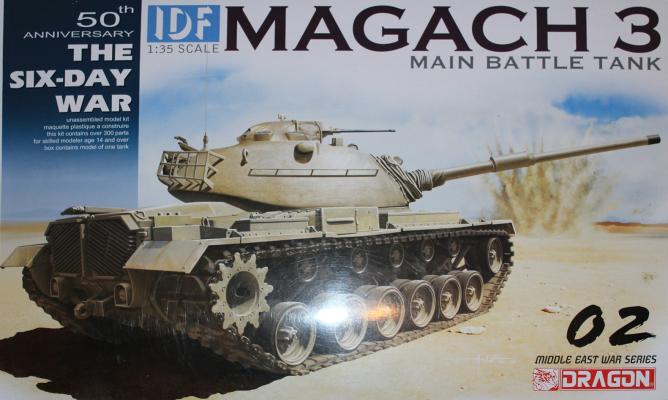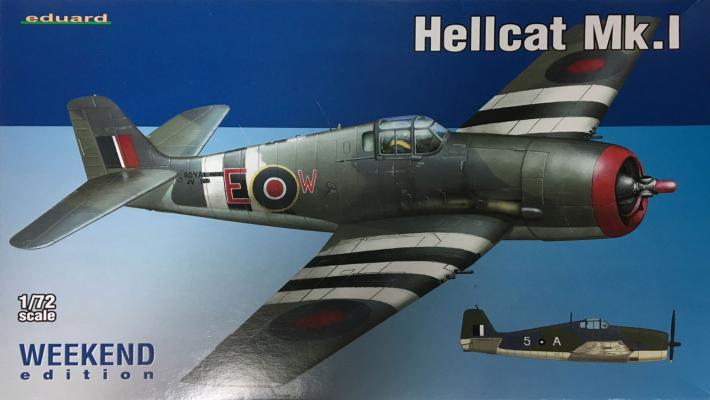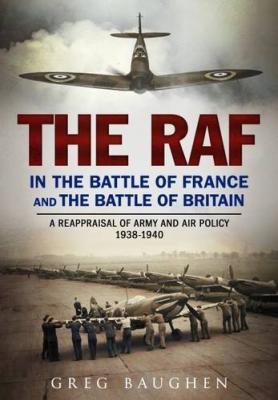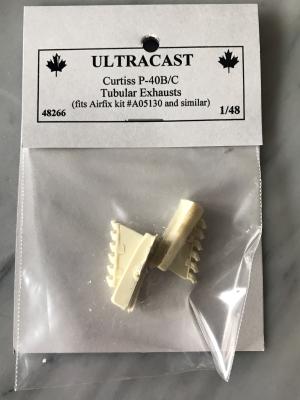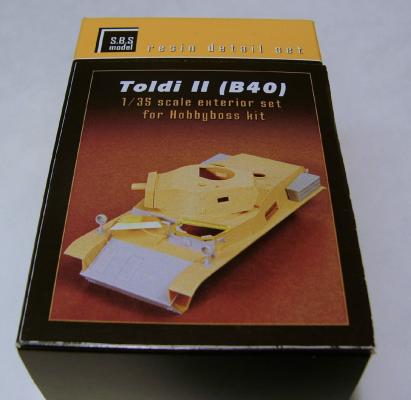Early in the 1960s West Germany and the US agreed to bolster the Israel Defense Forces (IDF) tank forces by beginning the process of replacing their aging fleet of tanks with more modern M48A1/A2s. In all around 150 M48A1s and 100 M48A2s seem to have been sold to Israel during this time. It is a little unclear from the resources that I have when the upgrades exactly started to these M48A1/2s but the intent was to upgrade them to the M48A3 specs by replacing the gasoline engine with a more reliable diesel power plant, improved communications equipment, and the lowering of the command turret’s profile. They also began swapping out the original 90mm main cannon with the British 105mm L7 from the Centurion. Some of these upgrades seem to have started before the outbreak of hostilities leading up to the 6 Day War in 1967 but it is unclear from my references to what extent they were completed and how many fully upgraded Magach 3s served during the 6 Day War.
Welcome to the IPMS/USA Reviews site!
Introduction: The primary organization of the IPMS/USA Review website is by IPMS/USA National Contest Class. Within each Class there are sub-menus by kits, decals, books, etc. The Miscellaneous Class is for items that are not class specific or that cross two or more classes.
IPMS/USA Members: We encourage you to submit reviews, both here and to the Journal. To volunteer for membership in the IPMS/USA "Reviewers Corps" and submit your own reviews, please read the Guidelines For Submitting Product Reviews.
Manufacturers, publishers, and other industry members: IPMS/USA is pleased to offer your company the opportunity for product reviews. All product reviews are performed by IPMS/USA members, and are posted in the publicly-accessible section of our website. With very few exceptions, we perform full build reviews of new kit releases, aftermarket products, and supplies. If you would care to provide product samples for review, please contact John Noack, IPMS/USA 1st VP.
To learn more about IPMS/USA, please see our About Us page.
While the Grumman Hellcat’s primary claim to fame is its stellar service with the US Navy in Pacific Ocean, the Hellcat also saw action in the European and Mediterranean theaters with the Fleet Air Arm of the Royal Navy. Under the Lend-Lease program over 200 F6F-3 Hellcats were delivered to the Fleet Air Arm for use from Royal Navy carriers as the Hellcat Mk. I.
From the website
Overview
In May 1940, the German Army and the Allied forces they faced were fairly evenly matched. Two months later Britain was on her own, hopelessly outnumbered and facing imminent defeat. Should the RAF have done more to support the Allied armies in France? Could the RAF have protected the British Army better at Dunkirk? How narrow was the margin of victory in the Battle of Britain? Was the RAF ready to deal with an invasion? Why were hundreds of American combat planes and experienced Polish and Czech pilots never used? All these questions and more are answered in Greg Baughen's third book in the series. Baughen describes the furious battles between the RAF and the Luftwaffe and the equally bitter struggle between the Air Ministry and the War Office- and explains how close Britain really came to defeat in the summer of 1940.
About The Author
The Curtiss P-40 Warhawk is an American single-engined, single-seat, all-metal fighter and ground-attack aircraft that first flew in 1938. The P-40 design was a modification of the previous Curtiss P-36 Hawk which reduced development time and enabled a rapid entry into production and operational service. The Warhawk was used by most Allied powers during World War II, and remained in frontline service until the end of the war. It was the third most-produced American fighter, after the P-51 and P-47; by November 1944, when production of the P-40 ceased, 13,738 had been built, all at Curtiss-Wright Corporation's main production facilities at Buffalo, New York.
Background
Toldi tanks entered Hungarian service about 1940. They were used by the Hungarian Army against Yugoslavia in 1941. They were mostly used against the U.S.S.R. between 1941 and 1944. The primary role was reconnaissance due to their light armor and good communications equipment. They were not effective against the Soviet T-34 when they encountered them in operation Barbarossa.











